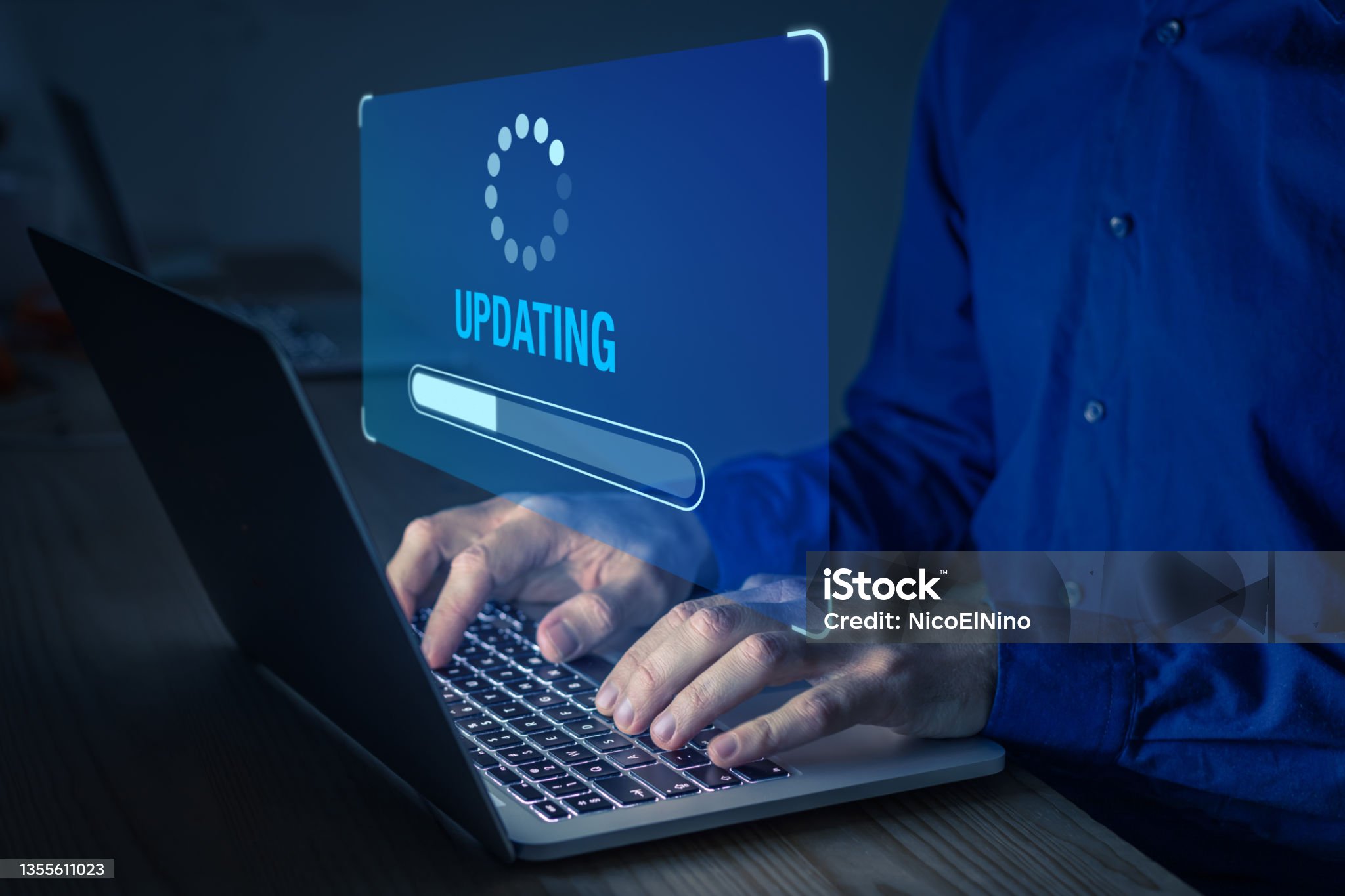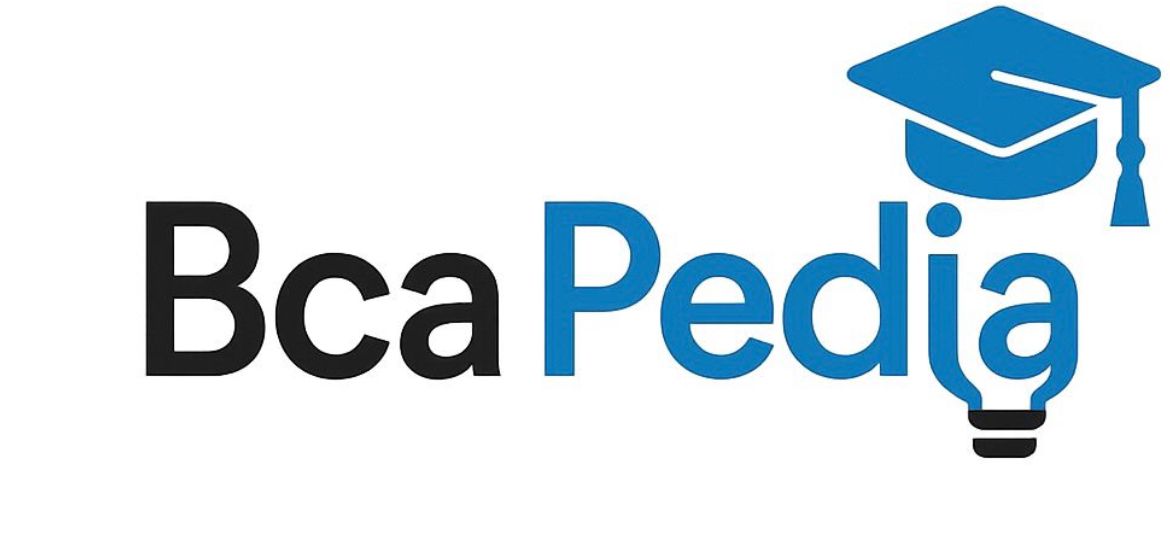Security and Protection in Operating Systems
Security and Protection
in Operating Systems

Security and protection in an operating system are responsible for safeguarding data, user accounts, and resources from unauthorized access, misuse, or attacks. In this chapter, we will explore essential topics like access control, threats, security models, and how operating systems maintain user safety and integrity.
What is Security in Operating Systems?
Security refers to defending data and system resources from unauthorized access, threats, and malicious activity. The operating system implements security to protect the system from viruses, hackers, and accidental misuse. Learn more about Computer Security on Wikipedia.
What is Protection in Operating Systems?
Protection involves mechanisms that control how resources (like files or memory) are accessed. It ensures that one process does not interfere with another and that users are restricted from performing unauthorized operations.
Types of Security Threats
- Malware: Viruses or worms that damage system files. Read more on Malware.
- Phishing: Attacks to trick users into giving personal data. See Phishing explanation.
- Denial of Service (DoS): Making a system unavailable to users. Learn via DoS attacks.
- Unauthorized Access: Gaining access without permission.
User Authentication
The OS uses authentication to verify a user's identity before granting access. Common methods include:
- Password-based: Simple but vulnerable.
- Biometric: Fingerprint or face recognition. See Biometrics explained.
- Multi-factor: Combining two or more methods. More on Multi-factor authentication.
Access Control Mechanisms
Access control ensures that only authorized users or processes can access resources. Techniques include:
- Access Control List (ACL): Specifies what operations each user can perform. See ACL on Wikipedia.
- Capability List: Specifies what operations a subject can perform.
Access Matrix
The access matrix is a model to describe the rights of subjects (users/processes) over objects (files, devices). It is represented as a table where rows are subjects, columns are objects, and cells specify access rights (read, write, execute).
Security Policy and Model
A security policy defines rules to protect system assets. Models like Bell-LaPadula (for confidentiality) and Biba (for integrity) help structure system defenses. Learn more about Bell-LaPadula model.
Encryption
Encryption transforms readable data into unreadable format using a key. It ensures data remains safe even if accessed by unauthorized users. Explore Encryption on Wikipedia.
Additional Security Mechanisms
- Antivirus Software: Detects and removes harmful programs.
- Firewalls: Blocks unwanted network traffic.
- Audit Logs: Keeps record of activities for future review.
- Backup Systems: Prevent data loss during attacks or failures.
Summary
- Security protects data from threats, while protection manages access between users and programs.
- Authentication and access control form the core of secure systems.
- Models like access matrices and policies like Bell-LaPadula help define security structures.
- Tools like firewalls, antivirus, and backups support comprehensive OS defense.




